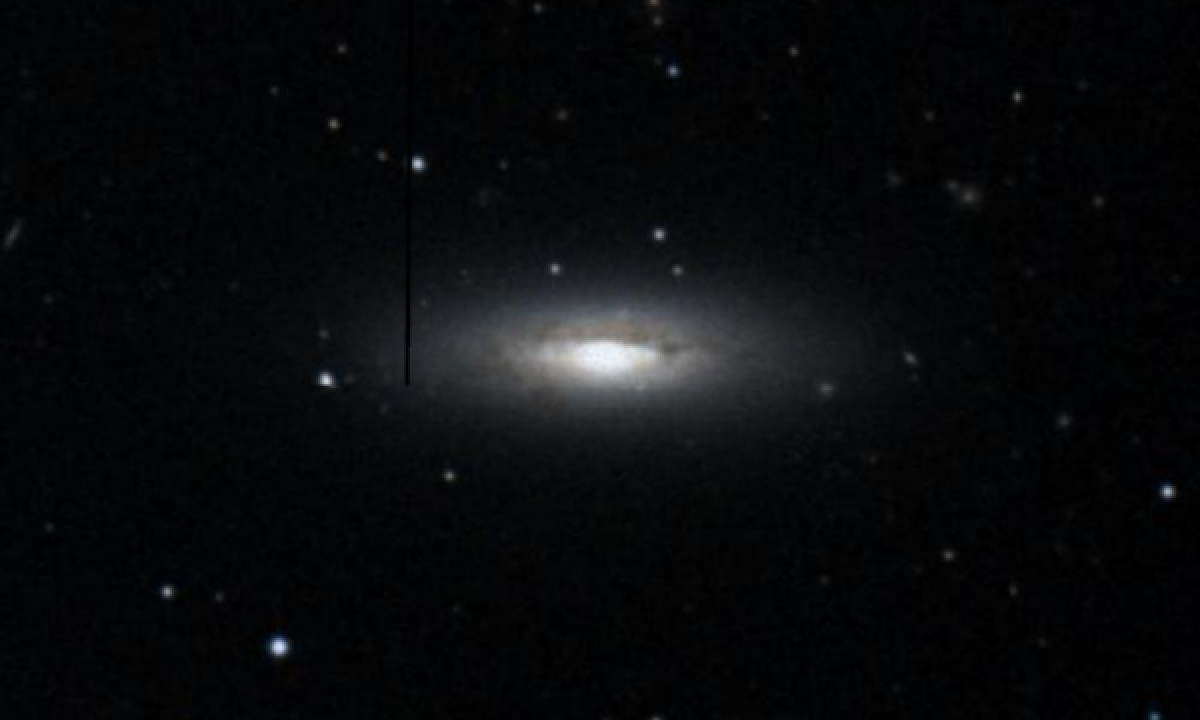The New General Catalogue of Nebulae and Clusters of Stars (abbreviated as NGC) is a catalogue of deep-sky objects compiled by John Louis Emil Dreyer in 1888. The NGC contains 7,840 objects, known as the NGC objects. It is one of the largest comprehensive catalogues, as it includes all types of deep space objects, including galaxies, star clusters, emission nebulae and absorption nebulae.
Know more about NGC
NGC 3593

NGC 3593 is a lenticular galaxy located in the constellation Leo. It has a morphological classification of SA(s)0/a, which indicates it is a lenticular galaxy of the pure spiral type. Despite this, it has a large amount of hydrogen, both in its molecular (H2) and atomic (H) form. It is a starburst galaxy, which means it is forming new stars at a high rate. This is occurring in a band of gas surrounding the central nucleus. There is a single arm, which spirals outward from this ring. It is frequently but not consistently identified as a member of the Leo Triplet group. This galaxy is known to contain two counter-rotating populations of stars—that is, one set of stars is rotating in the opposite direction with respect to the other. One means for this to occur is by acquiring gas from an external source, which then undergoes star formation. An alternative is by a merger with a second galaxy. Neither scenario has been ruled out. The age of the lower mass, counter-rotating population is younger by about 1.6 ± 0.8 Gyr than the primary star population of the galaxy. A dynamical study found that there is likely a supermassive black hole (SMBH) at the center of NGC 3593. The mass of the SMBH is between 3.0×105 and 4.3×106 solar masses.
More Images:

Sources:
Wikipedia Page: NGC 3593
NGC 3593 at In-The-Sky website
